The New Medical Technologies
-
IMMUNOTHERAPY
Cancer cells avoid detection by our immune systems by camouflaging themselves. Immunotherapy unmasks the cancer cells so that our body can naturally attack them.
-
OPTOGENETICS
Literally shining a light into the brain, to alter the neural oscillation of brainwaves or take control of neuronal firing. This will be used on Alzheimer’s, where it upregulates microglia cells that clean up plaques. It also will be used to take control of pain, and in mental health applications.
-
BIOELECTRONIC MEDICINE
Implanting microchips that stimulate the nervous system with current, whether to bypass failed motor neurons or to trigger the natural drugs the body needs to heal itself.
-
NANOMEDICINE
Bottom-up assembly of machines that can perform actions at the cellular level. For instance, delivering chemotherapy payloads directly into cancer cells (and only to cancer cells).
-
ARTIFICIAL INTELLIGENCE
Computational learning of hidden patterns over vast datasets of genetic libraries, patient records and medical images. AI is already being used to find biomarkers, diagnose diseases and monitor patients’ vital signs to send them alerts before symptoms appear.
-
ROBOTICS
Miniaturization of robotic instruments will aid in highly complicated or repetitive surgeries, while replacing humans in data-driven procedures like radiology and anesthesiology. Robots will not lead to massive layoffs, but we will need fewer people in healthcare over time, as is the case in almost every industry. At hospitals, robots can clean rooms, transport patients, pick up laundry and deliver medicine.
-
CRISPR
A gene editing tool that’s cheap ($75), precise and fast becoming universal, CRISPR adopts the mechanism that bacteria use to recognize and attack viruses. It can be used on any organism, any species, plant or animal.
-
EPIGENETIC ENHANCEMENT
Gene-expression editing doesn’t change the underlying genetic code, and doesn’t introduce code from other organisms. Rather, it just tweaks how a gene gets expressed. Because of this difference, epigenetics is likely to be the vector by which gene editing for enhancement reasons (not medical necessity) becomes socially acceptable.
-
STEM CELL REACTIVATION
Rather than injecting new stem cells, these methods hack the signaling that causes our existing stem cells to slow down with age. The effect is to wake up our aged stem cells to function like young stem cells, repairing and regenerating the body.
-
TRIAL-IN-A-DISH
You can grow your own brain in a dish. You can grow 100 of them, in fact, and test out medicines to see which works best. Individual drugs can be tried against a patient’s own neurons or heart muscle cells to look for efficacy before prescribing. This could drastically reduce side effects and the guessing game that doctors must play when prescribing chemotherapy and antipsychotics.
-
PAIN BLOCKERS
One in five adults lives with chronic pain. Pain signals travel along nerves’ Nav 1.7 sodium channel. No less than nine channel blockers are in development, with three already in clinical trials. The potential to decrease pain more radically, without the side effects of opioids, could rescue a huge portion of the population from debilitation.
